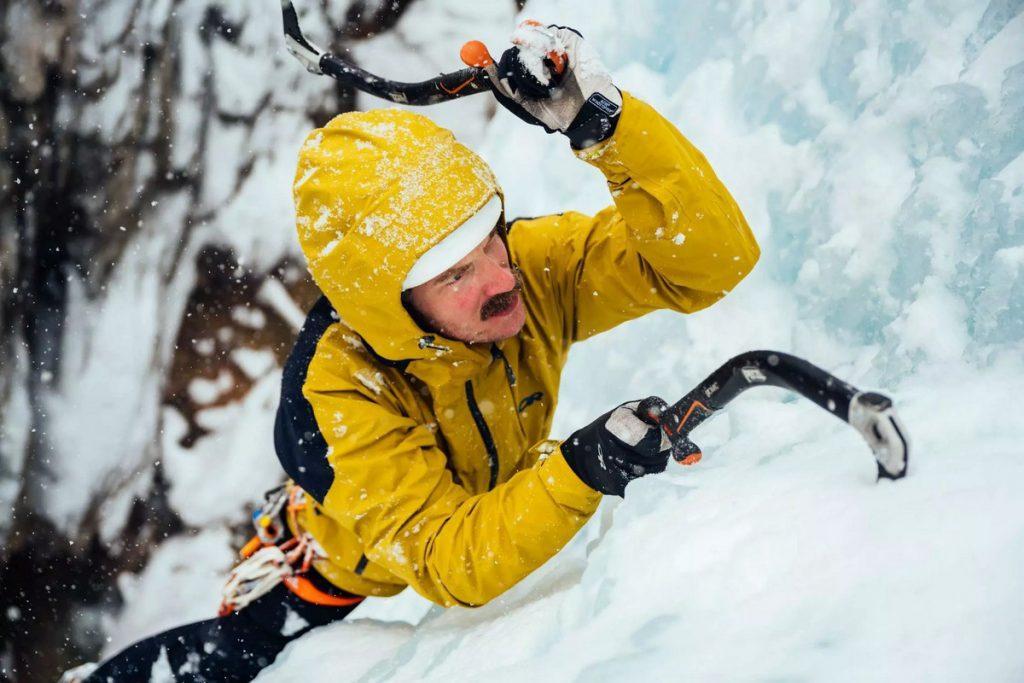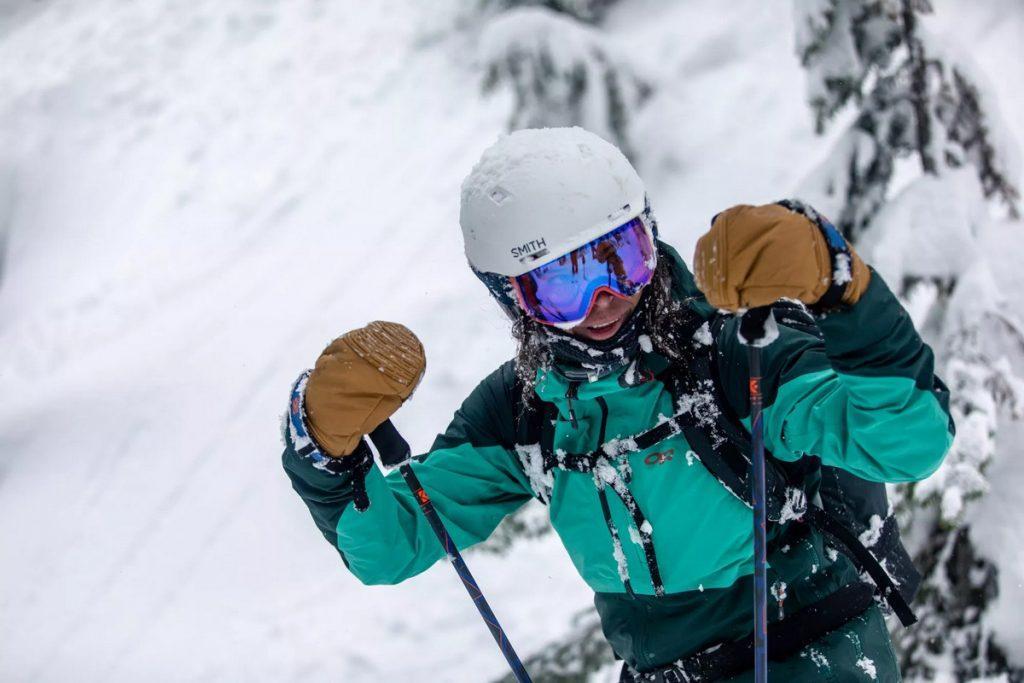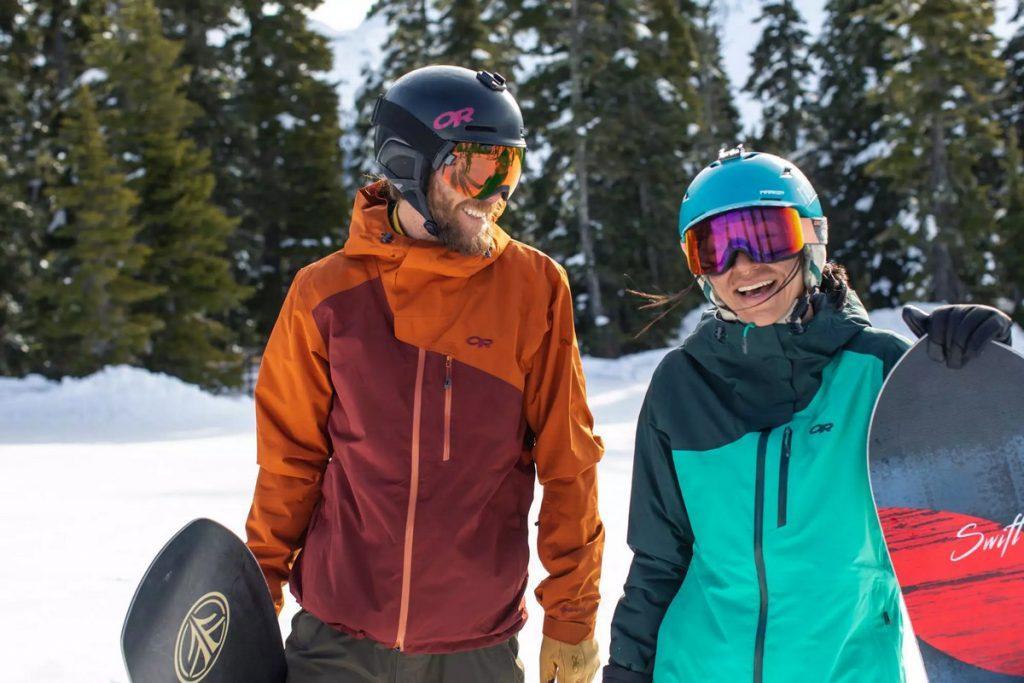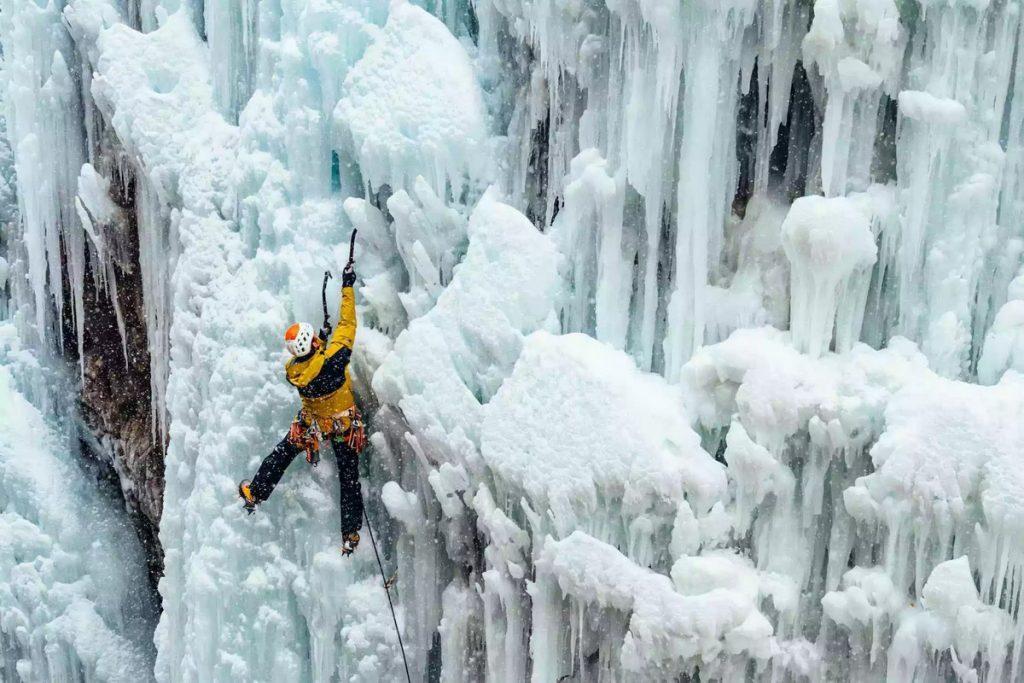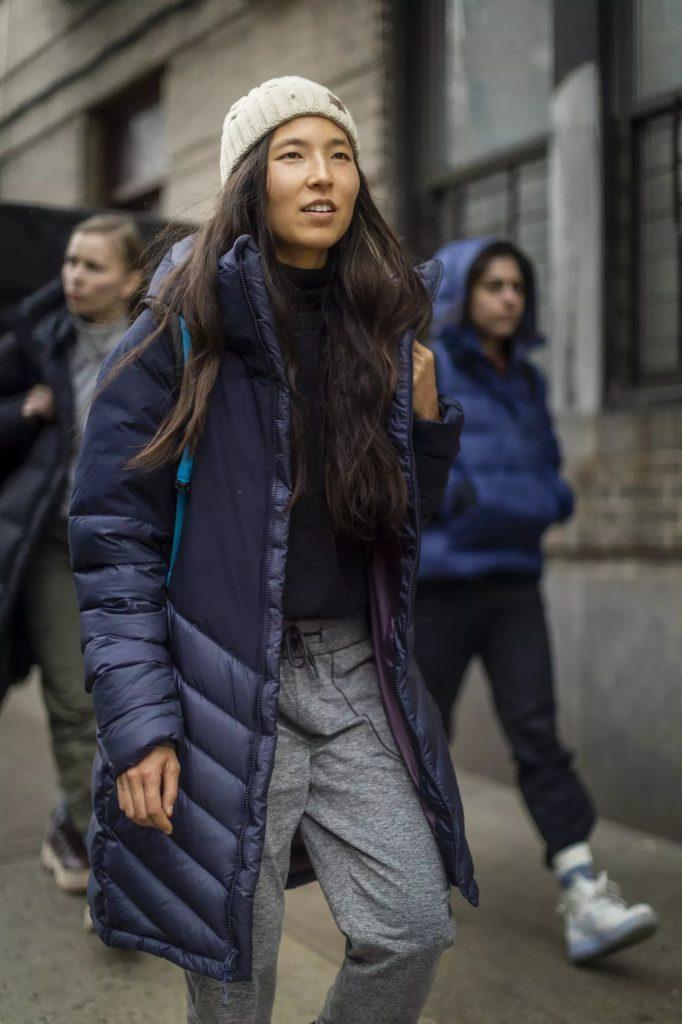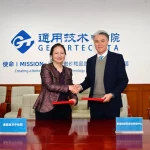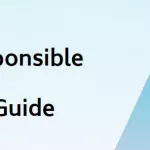Outdoor Research is a Seattle-based manufacturer of technical apparel and gear for outdoor sports, including alpinism, rock and ice climbing, backpacking, paddling, and backcountry skiing and snowboarding. Who else can explain Gore-Tex range of fabrics better than Outdoor Research that extensively uses these fabrics in manufacturing Outreach products.
Ever wonder what the difference is between all the different types of GORE-TEX®? After all, isn’t GORE-TEX just GORE-TEX – our beloved waterproof and breathable fabric that comprises the most rugged outdoor jackets?
The answer is a simple no. Not all GORE-TEX is created equal. But knowing what the different types are, how they are different and when to use which one sometimes feels mysterious.
You’ll find an ever-changing number of GORE-TEX in Outdoor Research products – and each are geared towards different activities. Since not all of these fabrics are intended for the same use, to know which type of jacket you need to get you must first know what activities you will be doing and what attributes you want. Will you be cross country skiing? Taking short afternoon hikes? Do you want something lightweight? Super breathable? Mega durable?
Just as a refresher to jog your weather-protection memory, GORE-TEX is a material made by laminating, or sandwiching together, an ePTFE (expanded Polytetrafluoroethylene) membrane to other face fabrics to create a waterproof yet also breathable fabric. The membrane is an incredibly thin and microscopically porous material (the pores are 20,000 times smaller than a water drop) and allows moisture to pass out of the material but not let water in.
In addition, there are multiple fabric constructions: three-layer constructions (the membrane is bonded to fabrics on both sides), two-layer (the membrane is bonded to a face fabric on one side and can have a liner on the other allowing the option for insulation), insulated and non-insulated. GORE-TEX can be paired with a variety of face fabrics, have DWR treatments and be seam sealed to increase its protection level.
The type of GORE-TEX will often dictate the construction, as does the end use of the product. GORE-TEX is a versatile fabric that can be used for anything from mountaineering to everyday, around-town wear, and different versions offer differing durability, windproofing and breathability.
So, you ask, what are the different types?
GORE-TEX Paclite is a 2-layer GORE-TEX that is constructed to be lightweight, breathable and incredibly minimalistic. GORE-TEX Paclite are some of the lightest, most packable fabrics, ideal for activities that require saving space and weight – like running, hiking or cycling.
A good example is the Foray Jacket made with a two-layer GORE-TEX with Paclite technology. Just over 16 ounces, this feather-light jacket has been tested by our athletes and withstands the rough use of trails despite its miniscule weight. The Aspire Jacket is our women’s version of the Foray, also packed with the same 2-layer GORE-TEX Paclite technology.
The hybrid-mapped Furio Jacket and Furio Pants also use Paclite Plus technology in the body and underarms, adding GORE-TEX C-Knit Technology to the hood, shoulders, and
lower side panel. GORE C-KNIT Backer Technology fuses three layers for top-notch protection without adding bulk. It starts with an inner layer—the backer—made from a dense, extremely thin circular knit that produces a less bulky, patent-pending laminate. It’s thin, soft and smooth, making it easy to slip layers on and off.
Our award-winning Hemispheres Jacket and Bibs uses waterpoof GORE-TEX Fabric with Stretch Technology for uninhibited movement while chasing powder, while the Tungsten Jacket and Pants mixes GORE-TEX waterproof technology with VerticalX insulation. It’s the perfect combo for lift riding and bone-chilling backcountry days.
GORE-TEX Pro marries improved breathability and durability with increased stretch. It’s designed for outdoor professionals—people who need the protection in the most rugged environments. That’s why we chose it for the all-new Archangel Collection. We worked with Piolet d’Or-winning alpinist and OR ambassador Graham Zimmerman on a jacket and bibs that combine the utmost protection with the flexibility Graham needs to perform at the highest levels when alpine or ice climbing. That stretch means not having to choose between reaching hard and remaining protected from the elements.
GORE-TEX Respiration Positive is a spinoff of the GORE-TEX you’ll find in your favorite jackets, only optimized for weatherproof shelter systems. You can find GORE-TEX Respiration Positive in one of our most popular shelters, the Alpine Bivy. Respiration Positive makes sleeping in wet environments more comfortable by combatting the effects of condensation and allowing warm, moist air to escape while you sleep. That means that while internal moisture is discharged from the bivy, external weather elements are also warded off, for a completely dry, comfortable sleeping experience.
Now for something a little different – GORE-TEX INFINIUM with WINDSTOPPER is a fabric laminate that offers exceptional cold weather protection and moisture management, often found in Outdoor Research gloves and hats. WINDSTOPPER does just what its name promises; it blocks chilly gusts with a completely windproof, yet breathable, layer of protection. Our Men’s Stormtracker Sensor Gloves and Women’s Stormtracker Sensor Gloves are two of our top-performing WINDSTOPPER products, favored for their windproof warmth as well as their touchscreen compatibility.
We also used GORE-TEX INFINIUM with WINDSTOPPER to beef up our new Super Transcendent Down Line. This line of down jackets takes after our super-popular Transcendent down jackets, but adds hybrid-mapped wind protection.
Watch below the Story Of Outdoor Research, the storyteller of Gore-Tex
If you want to see more, check out the full list of Outdoor Research products that use GORE-TEX®.
Outdoor Research
2203 1st Avenue South
Seattle, WA 98134 – 1424 US
(Courtesy: Outdoor Research, Seattle)
